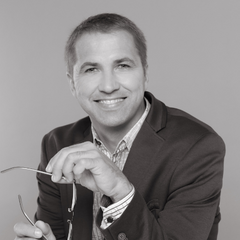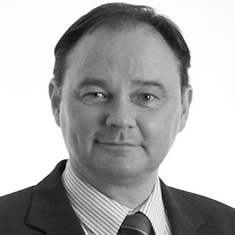- Bariatric surgery5
- Breast surgery11
- Ear, nose and throat surgery9
- Eye surgery2
- Face and Eye Area Surgery
- Facial and oculoplastic surgery
- Facial and orbital surgery5
- General surgery7
- Gynaecological surgery11
- Surgery
- Appointments3
- Operations and procedures8
- Operations and procedures
- Laparoscopic surgeries of the uterus
- Niptify test
- Removal of Bartholin's cyst from the genital area
- Surgical abortion or surgical termination of pregnancy
- Treatment of urinary incontinence with Bulkamid
- Urethral fixation in case of urinary incontinence
- Vaginal laser therapy
- Vaginal reconstruction/ vaginoplasty
- Orthopaedic surgery5
- Pediatric surgery8
- Proctological surgery7
- Spine surgery, neurosurgery5
- Urological surgery23
- Surgery
- Appointments1
- Operations and procedures22
- Operations and procedures
- Circumcision or circumcision surgery
- Cystoscopy
- Endoscopic bladder stone breaking
- Endoscopic bladder tumor removal (TURB)
- Endoscopic incision of the bladder neck (TUIP)
- Endoscopic partial removal of the prostate (TURP)
- Endoscopic urethral stricture surgery
- Epididymal or testicular appendage cyst removal
- Hydrocele surgery or surgery for fluid-filled testicles
- Orchiectomy
- Orchiepididymectomy
- Penile plastic surgery
- Prostate biopsy under ultrasound
- Rectal ultrasound
- Removal of kidney stones (ureterorenoscopy surgery)
- Removal of scrotal sebaceous cyst or other skin lesion
- Surgical treatment of foreskin crack
- Testicular biopsy
- Testicular prosthesis implantation surgery
- Treatment of urinary incontinence with Bulkamid
- Urethral fixation in case of urinary incontinence
- Vasectomy
- Vascular surgery5
Surgery for Varicose Veins
Look for appointment timesVaricose veins are a medical condition where the veins become enlarged, twisted, and often visible on the surface of the skin. They most commonly occur in the legs and are caused by malfunctioning vein valves.
Normally, vein valves help blood flow in one direction, ensuring proper circulation back to the heart. When these valves fail to close properly, they allow blood to flow backward, causing veins to enlarge and stretch, resulting in varicose veins.
The primary symptoms of varicose veins include visible bluish capillaries or veins on the skin and leg fatigue. They can also cause leg heaviness, pain, swelling, itching, and cramps. Additionally, varicose veins can be aesthetically concerning as they are often clearly visible on the skin surface.
Several risk factors contribute to the development of varicose veins, such as:
• Genetic predisposition
• Aging
• Gender (women are more susceptible)
• Obesity
• Sedentary lifestyle
• Pregnancy
• Prolonged standing or sitting
In most cases, varicose veins are not a threat to health, but in severe cases, they may lead to complications like thrombosis, which is the formation of blood clots in the veins. Treatment options may include lifestyle changes, the use of compression stockings, sclerotherapy (injection of a special substance into the vein to close it), or surgical intervention to remove varicose veins.
During varicose vein removal surgery, the veins can be removed with or without the main trunk (saphenous vein). If the varicose veins also involve the main trunk, this procedure is called stripping or phlebectomy. It is typically reserved for more severe and extensive cases of varicose veins.
The nature and treatment of varicose veins are determined by your treating physician.
Service providers
We provide this service
Price
Vascular surgeon consultation (with ultrasound)
Removal of varicose veins without the main stem
Removal of varicose veins with a main stem
We have several payment options. Read more HERE.
BOOKING
Surgery for Varicose Veins


